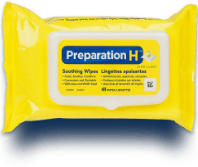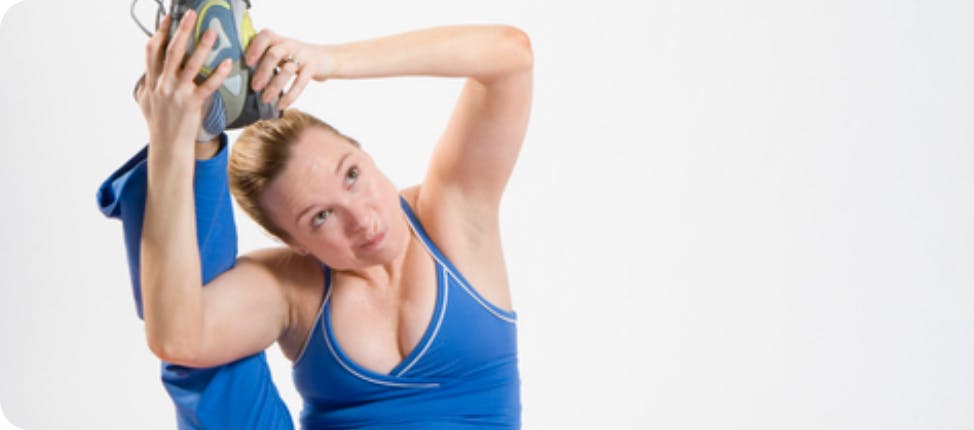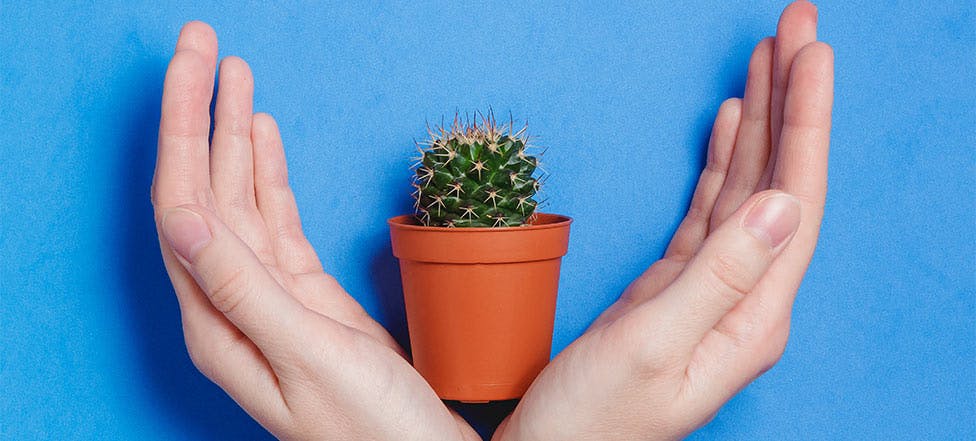PREVENTING HEMORRHOIDAL DISCOMFORT
Sure, it can be a pain in the, well, hemorrhoids, but you can take control of your symptomatic hemorrhoids by making some changes to your diet, exercise routine, and bathroom ritual. Adopting healthy habits will reduce the risk of flare-ups in the first place.
in the bathroom
Constipation is rough on your hemorrhoids. It can create pressure on the anal or rectal blood vessels which can cause hemorrhoidal discomfort. The straining required to go to the bathroom while constipated can cause flare-ups. Many of the following bathroom Dos and Don’ts involve minimizing constipation.
Do

Do go as soon as you have the urge
It’s important to go as soon as you feel the urge. Holding it in may contribute to chronic constipation.

do set aside time to use the bathroom
To avoid constipation, train your body to have regular bowel movements by using the bathroom at the same time each day.

do keep the area clean
Keeping the anal and rectal area clean prevents irritation. You can use Preparation H Medicated Wipes daily for a gentle clean.

do consider stool softeners
Stool softeners keep bowel movements moist and soft, helping it be expelled without straining.
Don't

Don’t strain
Straining puts additional pressure on your rectum, which can cause hemorrhoidal discomfort. When using the bathroom, try not to strain, push down or hold your breath.

don’t sit for long periods of time
Don’t sit on the toilet for more than five minutes at a time. The pressure on your rectum can cause hemorrhoidal discomfort. If nothing happens, get up, walk around and relax before trying again.

don’t use dry toilet paper if it bothers your butt
If dry toilet paper irritates sensitive skin, you can use moistened wipes, like Preparation H Medicated Wipes. They deliver a gentle, everyday clean and reduce irritation.

in the kitchen
Eating a balanced diet, rich in fiber, is one of the most effective lifestyle changes you can make for better hemorrhoidal health. A balanced, high-fiber diet, together with plenty of fluids, softens the stool and increases its bulk, which can help reduce the straining that can cause hemorrhoidal discomfort.

eat more fiber and drink more water
You can add more fiber to your diet from food, a fiber supplement or both. Fiber is most readily found in whole grains, vegetables, beans, legumes, nuts, and fruit. Your doctor may suggest taking a bulk softener or a fiber supplement. Remember to start slowly and add fiber gradually and drink eight ounces of water a day. Caffeinated and alcoholic beverages are dehydrating, so you might want to cut back on them.
Always check with your healthcare provider before starting any diet or exercise plan.
at the gym
Exercise can help ease bowel movements and this, in turn, can help reduce the risk of developing hemorrhoidal discomfort. A regular, controlled exercise plan gives tone to the supporting muscles of the anorectal area as well as the abdomen. If you already have the condition, exercise and easier bowel movements can decrease the number of flare-ups.

exercising the wrong way
You can still exercise with hemorrhoidal discomfort, just avoid exercises that bother your butt. Avoid exercises that increase pressure to that region like horseback riding, bicycling or weightlifting. The pressure from these exercises could cause a flare-up.
exercising the right way
Some exercises can help reduce your risk of flare-ups by stimulating bowel function and/or toning the rectal area. Stimulating bowel function limits constipation. Exercises that boost your heart rate increase blood flow to your rectal area. This strengthens supportive tissue and delivers nutrients and oxygen to inflamed areas to help relieve flare-ups.
Moderate physical activity, such as brisk walking for 20 minutes a day, can stimulate bowel function as well as enhance blood flow and muscle tone. Other beneficial cardio activities include running, swimming, and aerobics.
Certain exercises, such as yoga, enhance muscle tone and may reduce your symptoms and risk of flare-ups. To strengthen and tone the pelvic and anal muscles, try Kegel exercises.
Kegel exercises can help women strengthen their pelvic floor as well as anal and rectal muscles after childbirth. This can help aid in digestion and prevent constipation. To do a Kegel exercise, tighten your vaginal muscles, hold it for a few seconds, release and repeat several times. It’s a discrete exercise you can do almost anywhere.
Please consult your healthcare provider before undertaking any new exercise activity

.png?auto=format)

